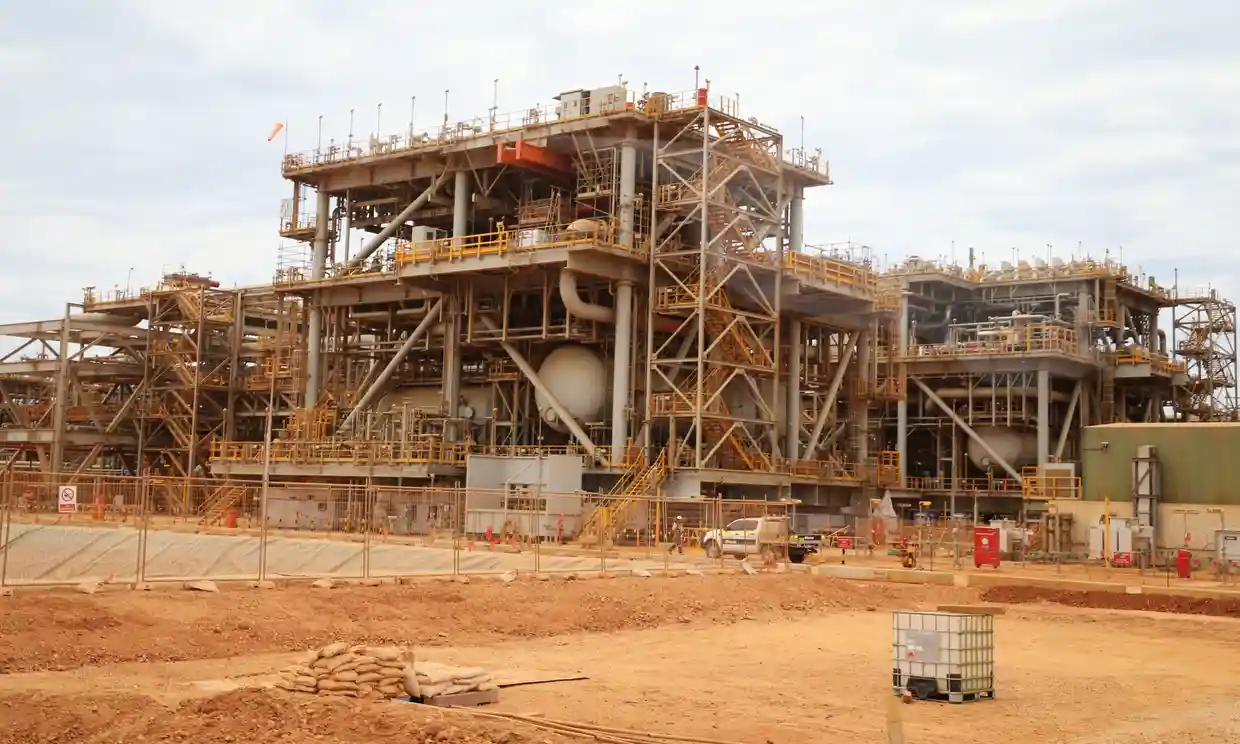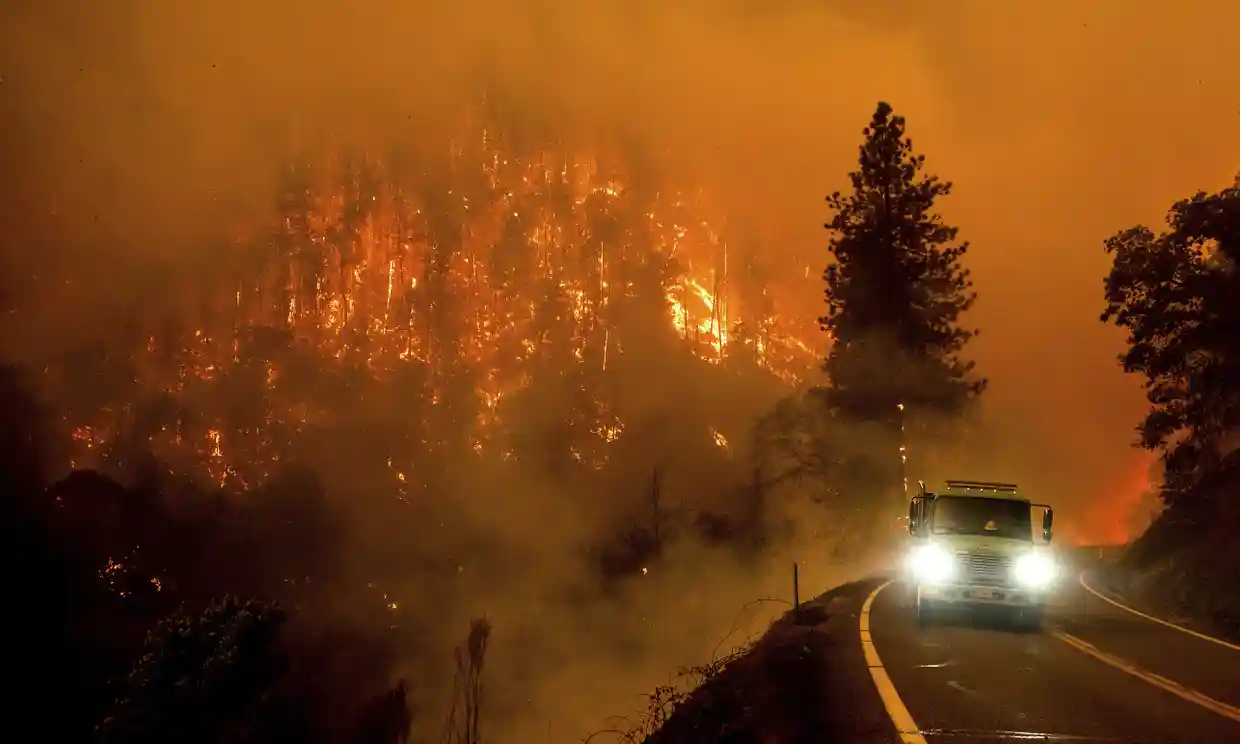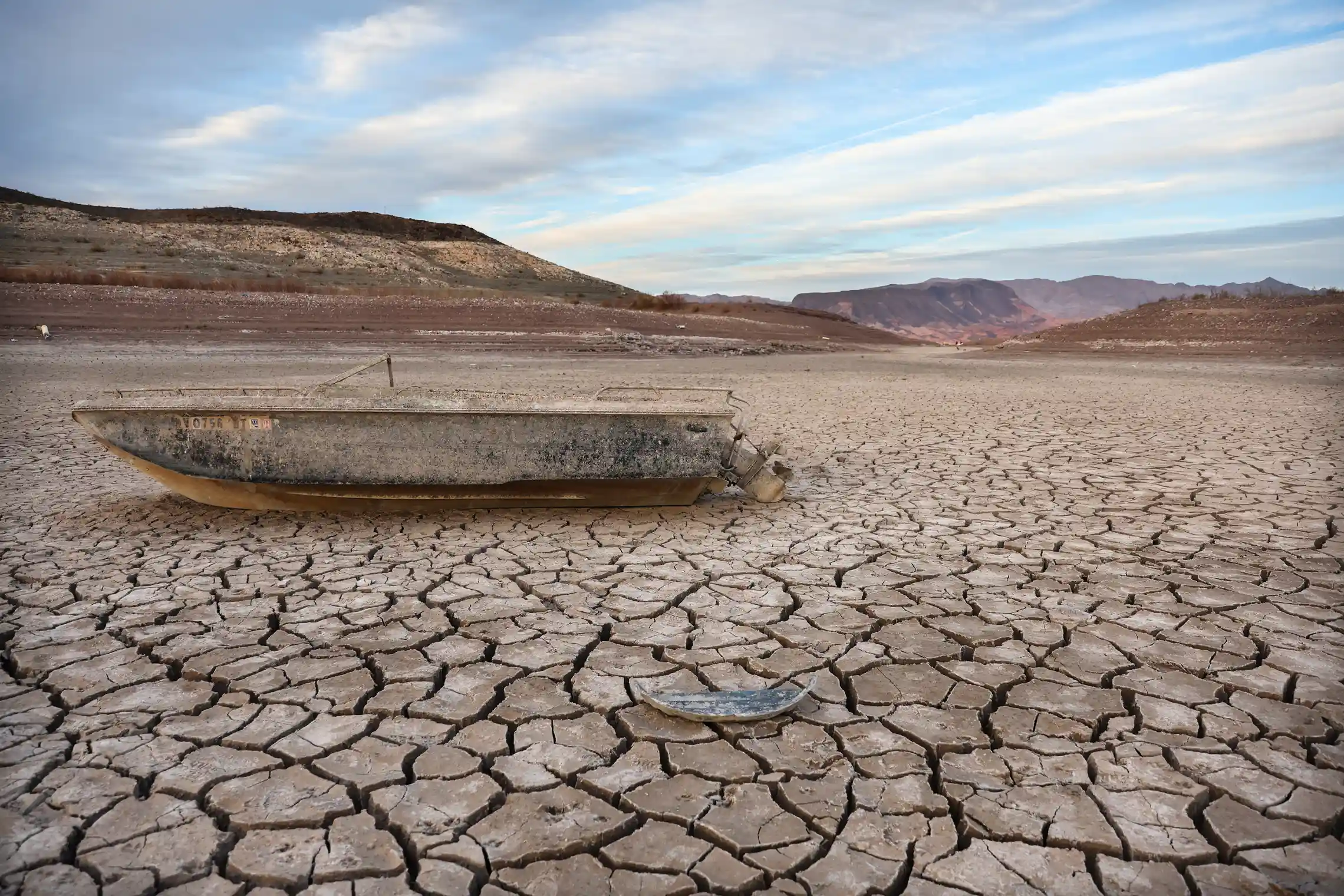“You cannot protect the environment unless you empower people, inform them, and help them understand that these resources are their own and must protect them.”
WANGARI MAATHAI

The word “Environment” is derived from the French word “Environ”, which means “surroundings“. Thus, the environment literally constitutes everything around us, essential for survival. Protecting our mother nature is the most daunting task for humankind. With the complex nature of the activities linked at every level of human existence, safeguarding our natural resources and preserving them for future generations is a challenge we fight for every day.
Environmental awareness is a strategic communication process that aims to promote knowledge of the environment and keep people updated on the catastrophic impacts of climate change and how humans can deal with its adverse effects. To raise awareness is to bring forward the environment’s fragility and highlight the importance of protecting nature and its biodiversity. Environmental awareness is an integral part of the environmental movement (i.e., the responsibility of humans to respect, protect and preserve the environment from anthropogenic involvement.)
Countless resources are available to spread awareness like media (print and electronic), group learnings, seminars, books, public debates (about the potential environmental hazards and how we can overcome them), short films, and advertisements that can play a crucial role in bringing about the desired awareness about the environment and bring a curb on global GHG emissions and the plastic usage.
This paper discusses the role media has played in bringing awareness levels amongst the citizens of India. It discusses what has been discussed and what can be achieved in the future.
THE ROLE OF MEDIA
Media plays a defining role in raising environmental awareness about global climate change and the steps required to curb the adverse impacts at all possible levels. The role of media is broadly focused on three core areas: inform, educate and entertain its audience and provide the relevant information without making it preachy.
Traditional media such as radio, newspapers, and television have long been important sources of information, and they continue to be so despite the new digital medium’s rise in disseminating awareness and effecting change. Environmental education and understanding have been changed thanks to the internet medium. Facebook, Instagram, Linkedin, Twitter, and other social media platforms have made knowledge more accessible and creative. Google (the search engine) allows audiences to learn new definitions and meanings in microseconds, making it easier to understand new procedures and processes. YouTube provides several video links that teach ideas such as environmental education, greenhouse gas emissions, sustainability adaptation and mitigation processes, and other topics that help people adapt to sustainability in their daily lives.
With so much information and data available to learn and understand, youth today are exposed to many opportunities that enable them to shape their careers and care for society and the environment at large. Media, in various forms, establish a link between the experts and the audience to create an atmosphere of mutual collaboration and cooperation in achieving sustainability. The mass appeal of the media ensures establishing a positive thought process in describing and contributing toward environmental protection.
After understanding the vital role media plays in shaping the thought process of a society, let us shift our focus to how Indian media has played its part in educating and bringing awareness to the community about the environmental issues that concern Indian culture and contributing toward global ecological conservation campaigns.
ROLE OF INDIAN MEDIA
India is the world’s second-most populated country, and changing people’s thinking and having the desired influence on environmental issues will necessitate a massive amount of planning and strategizing to educate residents about the effective and efficient use of natural resources and attain net zero.
Transforming India is about transforming a significant part of the globe into a clean and green environment. Indian media has come a long way in spreading awareness and bringing about change. With time, it has significantly matured in accommodating climate news and highlighting steps taken at various levels by agencies across nations.
The “Chipko Movement” in the Himalayan area of India started the environmental movement in India in 1970. The campaign drew much attention, but Indian media did little about environmental issues, unlike in other countries.
However, the situation changed considerably during the 1980s when much was spoken and written about climate, the changes, the devastation it can bring, and the impacts. During the 1980s, only when several noted columnists like those Anil Agarwal, Darryl D’ Monte, Usha Rani and many more gave their valuable inputs in several columns across various print formats about the environment.
The 1990s saw colossal momentum in print and electronic media, which extensively covered environmental issues and brought them to the public domain. ‘Narmada Bachao Andolan’ is one such movement covered extensively by the media. The 1990s further saw the onset of liberalization that enabled the Indian media to explore and present the global environmental concerns and steps taken to curb the same. During this time, concepts like sustainability, climate change, climate change impacts and adaptation and mitigation strategies were given space in print and on the front page of the newspapers.
The onset of the new millennium gave rise to a whole new dimension to the environment and the concerns, and the present-day media talks explore and debate the climate and the harsh impacts on our survival.
Let us now understand how the media has evolved in India and what role it has played in bringing awareness:
THE PRINT MEDIA

Due to its reach and low cost, print media is unquestionably the most critical media medium for creating awareness. Environmental reporting has evolved into an essential journalism component, with specific columns highlighting crucial developments in ecological consciousness. Environmental content writing is quickly becoming a research topic. According to figures from the Indian Readership Survey (IRS), for the first quarter of 2019, overall readership increased to 425 million from 407 million in 2017. This readership spans 93 languages and dialects across India.
Among many magazines, “Terra Green“ is a monthly magazine of TERI (The Energy & Resource Institute of India) that discusses sustainable development and environmental issues. TERI also published a range of books, “Terrapin“, which deals with ecological issues and are meant for kids between the ages of five and fifteen.
“Down to Earth“ is ASIA’s fortnightly on politics of the environment, which was started in 1992 by the environmentalist “Late Anil Agarwal” and the Centre for Science and Environment, New Delhi. The magazine highlights the threats from climate change in India and globally.
“The National Geographic“ is another magazine published by the National Geographical Society that aims to highlight climate change and related issues and opinions of various experts. “Geography and You“, a semi-research magazine from New Delhi, talks about the environment, science, and technology. Additionally, major leading publications (both newspapers and magazines) publish much news about climate impacts, e.g., The Hindu has been carrying an annual publication, “Survey of the Environment“, for many years.
Dainik Bhaskar, a leading Hindi-language newspaper in India, started “Jal Bachao Abhiyaan” and significantly impacted its readers. Another top daily initiative, “Jal Satyagrah“, a movement that began as a particular drive every summer during April and May that aimed to encourage people to save 15% of their daily water usage. The above initiatives gained momentum in the 1980s-1990s and brought environmental awareness to the forefront.
The Electronic Media
The radio and television are examples of electronic media with extensive geographic reach. Audio-visual communication that significantly impacts people’s thoughts is one of the critical advantages of electronic media over its print counterpart.
RADIO, an electronic medium considered the “cheapest” media, had become instrumental in raising awareness with its flagship projects on the environment. Since their inception, radio shows like “Kinare-Kinare” and “Aao Dilli Savaren,” inspired by the Ministry of Environment and Forests, have been a huge hit. Although the extent of information at the local level was limited, it has always been vast at the national level.
All India Radio (AIR) has been a front runner in developing projects on environment and climate change initiated by various ministries from time to time to bring about the desired level of awareness amongst its listeners. “Paryavaran” was a programme jointly produced by AIR and Vigyan Prasar and broadcasted from January 1988 to December 1988.
Another vital medium is television, which has immense reach due to its ability to use storytelling and engaging narratives to capture the attention of its audience and, thus, create an impact on people’s minds and attain sustainability. Satellite television has revolutionized, bringing global environmental news through various channels. National Geographic Channel and Discovery have focused on ecological issues, informing about the climate crisis and how it worsens yearly.
” During 2011-2012, “Paryavaran Darshan” was a scheme that executed the Central Pollution Control Board’s “Mass Media Support to Environmental Awareness” initiative in DD-National and 18 Regional Kendras. “Terraview-Stories from the Earth,” sponsored by the Ministry of Environment and Forests, Ministry of New and Renewable Resources, TERI, and UNEP, was another effort that Doordarshan broadcast. A 52-part series of five-minute short capsules was carried in Hindi and English on DD news. Every Sunday at 10.30 a.m., DD National broadcasted “Earth Matters.”
A leading Indian TV channel launched NDTV-Toyota Green Campaign in April 2008 to save the environment. It later organized “The Greenathon- a 24-hour live fund“, raising event aimed to provide support to TERI’s “Light a Billion Lives” initiative in 2009. The program focused on bringing solar power to villages without electricity.
In addition to the above initiatives, there has been another one by a famous TV Channel, Zee Media Corporation Ltd., Which launched the “My Earth My Duty” campaign in 2010 to sensitize people against environmental degradation from 2001 to 2002.
The New-Age Media/ Digital Media

The 21st century saw the rise of new-age digital media, where everything is available online, and the world is available with the click of a button. This new-age digital media is a blend of web-based technology available on desktops and mobile phones. The technology is so easily manageable and available that smartphones and smart televisions sync with the technology, making lives more straightforward, accessible, and informed.
With the advent of digital technology, “social media” emerged as one of the most powerful communication tools of our time, altering how communication channels function and process information, making it instantly accessible to everyone. The internet, podcasts, videos, and blogging have become indispensable resources for new generations in schools, offices, entertainment, medicine, and other aspects of life.
Dedicated web spaces in the environment ensure that the audience can communicate with experts and can adapt to the path of sustainability. Indian Water Portal is a website that shares knowledge and builds communities around water and related issues in India. The Arab Uprising 2011 is another networking website that has garnered massive worldwide support.
Social media has become one of the most potent tools preferred by experts, academicians, scholars, governments and NGOs to spread awareness and suggest measures to achieve environmental sustainability. Additionally, social media influenced the concept of Circular Economy and familiarized the world with the 5Rs (Refuse, Reduce, Reuse, Repurpose and Recycle). The above concepts are being talked about extensively on social media platforms ensuring that the audiences understand what the concepts are about and how the two can be adopted in everyday life to achieve a sustainable lifestyle.
Furthermore, campaigns like “World CleanUp Day“, “Do not print, send emails“, and many such are being hugely promoted and initiated on social media platforms to engage the audiences and familiarise them with environmental sustainability and ecological balance concepts. #TeamTrees is an organization that encourages the world to donate and plant more and more trees through its social media handles.
Other Media Sources
Other initiatives have garnered massive media attention, apart from the above media options. Amongst many is the PAANI Foundation, initiated by Indian Celebrity- Mr Aamir Khan and the Star India Pvt Ltd. The initiative has garnered enormous awareness amongst the people facing a massive water crisis—the initiative aimed at channelizing water resources to people with actual water shortages.
There have been many short films and plays emphasizing environmental conservation and preservation. Amongst many, “The Man who speaks Nature (2018)”, a short documentary shot with a minimum budget, won the “Best Film” title in the Fifth International Nature Film Festival Awards in Godollo, Hungry in 2020. However, despite substantial critical acclaim, the documentary could not attract media attention in India; thus, not unable to make a mark on the minds of the audiences. There have been many such documentaries; however, the media could not spread awareness, and the environmentalists’ efforts to enlighten their audience went futile.
Conclusion
With all of the preceding examples, it is clear that the media plays a critical role in raising awareness about environmental issues, and Indian media has come a long way from being a backseat entertainer on environmental issues to taking the lead and discussing climate change issues and how to achieve a balance. However, the media must overcome numerous obstacles to launch an awareness campaign covering all aspects of climate change and its consequences. Every stakeholder (businesses, financial institutions, politicians, NGOs, social influencers, environmental agencies, legal experts, and public representatives) must be brought together on a common platform to discuss climate emergencies and create an atmosphere of balance and sustainability equilibrium, according to the media. It may be argued that Indian media has made significant contributions to building a survival-friendly environment; nevertheless, it still has a long way to go in terms of raising awareness and educating its consumers to create a sustainable world… For future generations, a planet that is livable and breathable.
References
1. file:///C:/Users/Prachi/Downloads/The_role_of_the_media_in_the_enhancement.pdf
2. https://eudl.eu/pdf/10.4108/eai.18-7-2019.2290193
3. ttps://www.academia.edu/35295066/Role_of_mass_media_in_creating_environmental_awareness
5. file:///C:/Users/Prachi/Downloads/ROLE%20OF%20MEDIA%20IN%20CONSERVING.pdf










